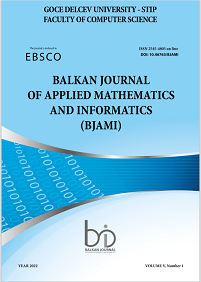PRACTICAL APPLICATION OF REFRACTION METHOD
Schlagwörter:
refraction, methods, velocities, applicationAbstract
Seismic refraction is a surface geophysics method that utilizes the refraction of seismic waves on geology layers and rock/soil units to characterize subsurface geologic conditions. The method involves a geophysical principle governed by Snell’s Law, which is a formula used to describe the relationship between seismic wave angles of refraction when passing through a boundary between two different isotropic media.
The Seismic Refraction method depends on the principal that seismic waves possess varying compression and shear wave velocities within differing types of soil and rock material. Analysis of refracted wavelet arrival times, velocities, and geophone geometries can be used to estimate general soil types and approximate depths to strata boundaries, water tables and/or the upper bedrock surface to be determined.
Seismic refraction is exploited in engineering geology, geotechnical engineering and exploration geophysics.






